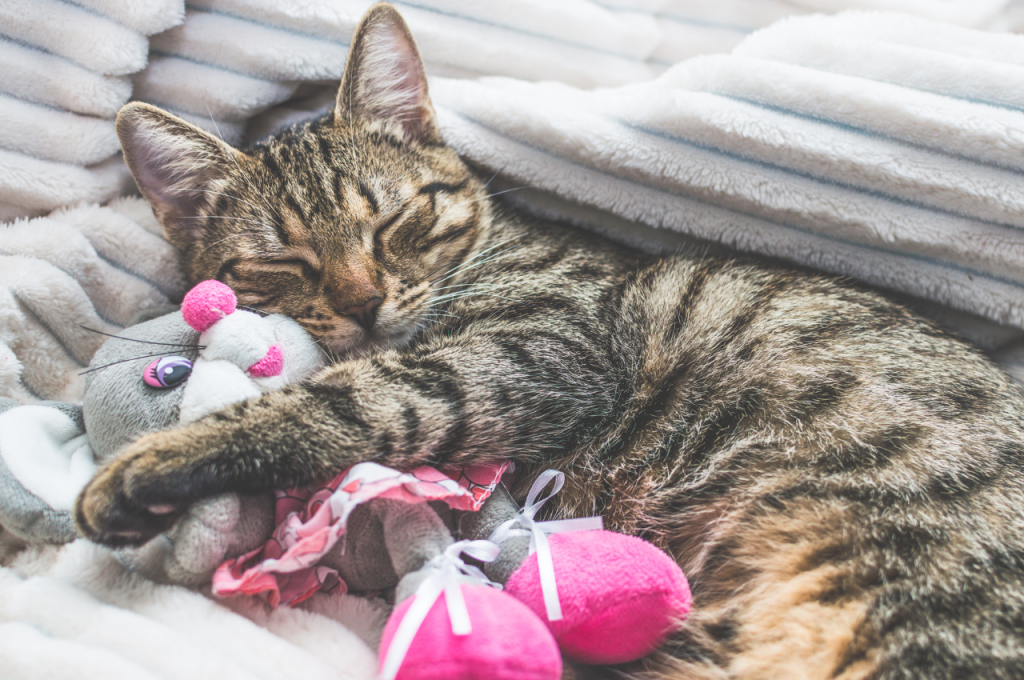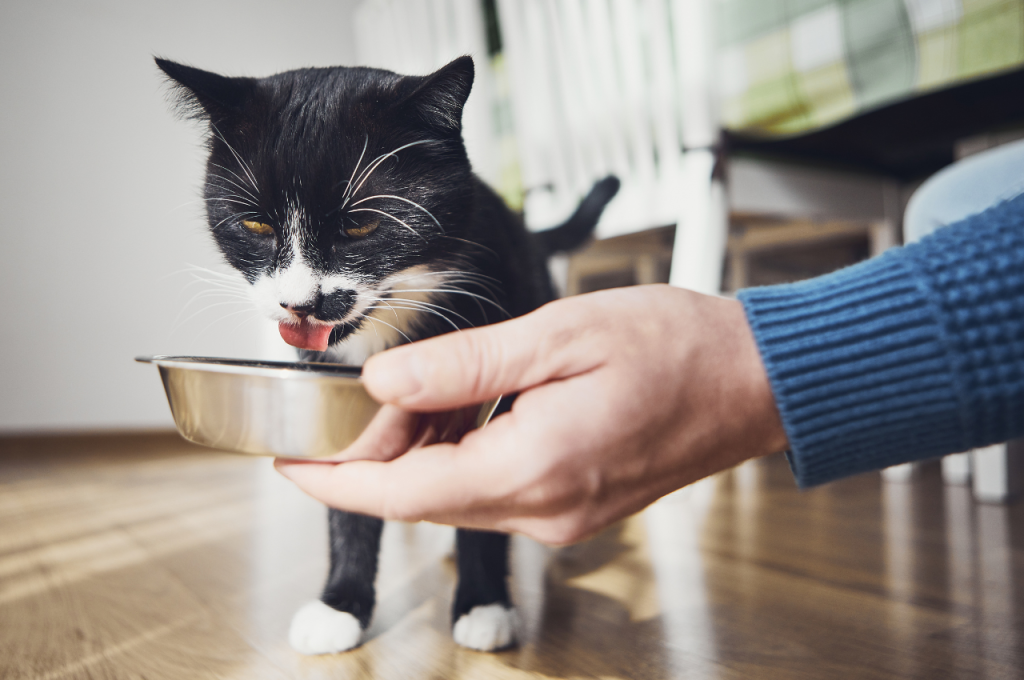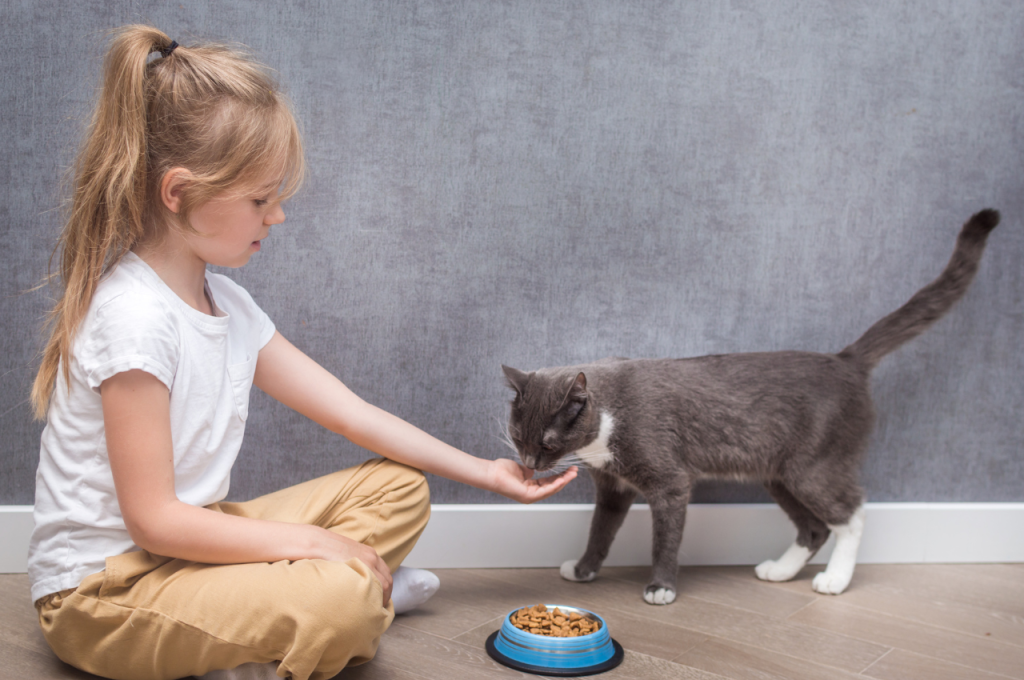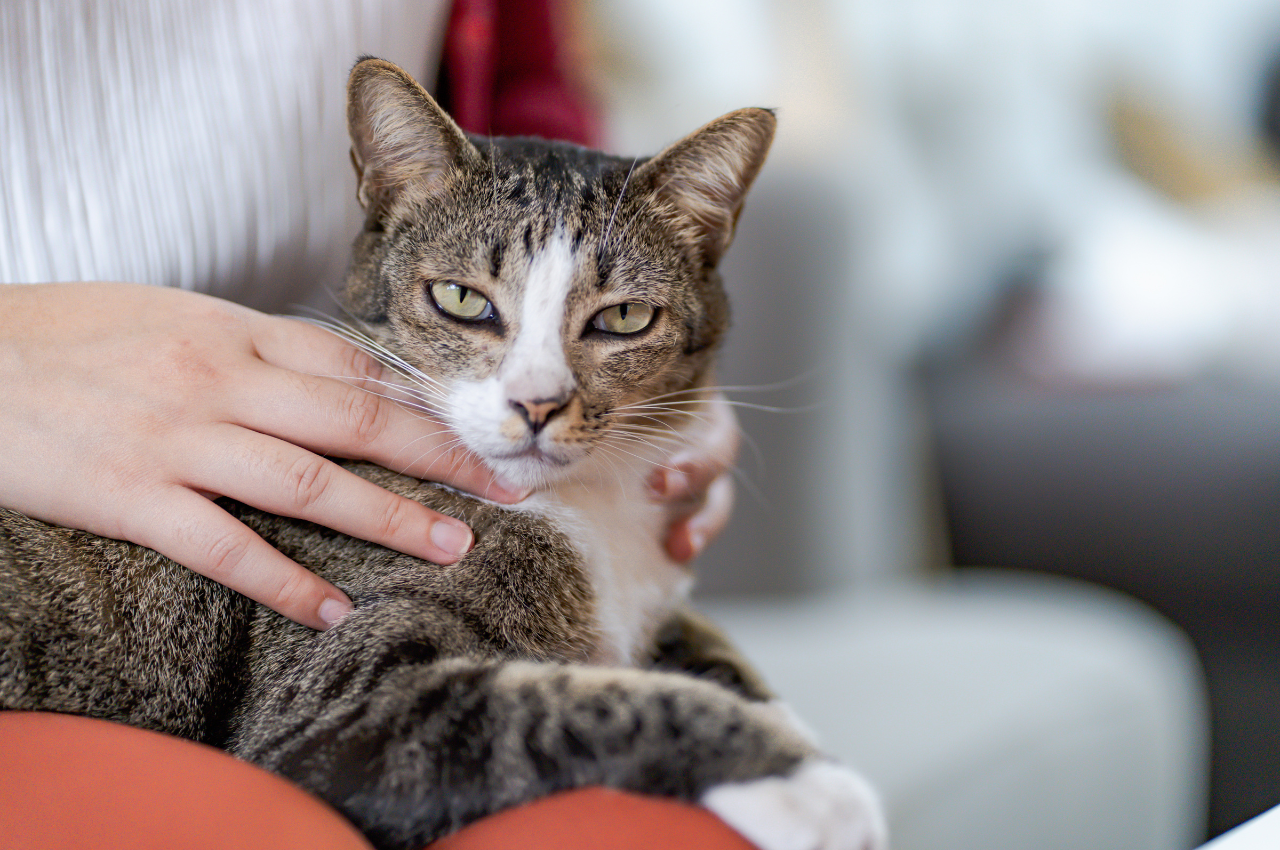Cats love attention and playtime. They enjoy being petted, cuddled, and engaged in interactive play.
Cats are known for their independent nature, but they also form strong bonds with their human companions. They love affection and seek out opportunities to snuggle and play. A cat’s love for climbing, exploring, and hunting also demonstrates their innate curiosity and need for stimulation.
Additionally, many cats enjoy exploring the outdoors, basking in the sun, and observing their surroundings. Understanding a cat’s love for attention, play, and exploration is essential for fostering a strong and healthy bond with these beloved pets. By providing them with quality time and enrichment opportunities, cat owners can ensure their feline friends lead happy and fulfilling lives.
The Feline’s Playful Nature
Cats are known for their playful nature. Their love for adventure and exploration is deeply ingrained in their instincts. Understanding the feline’s playful nature can help create an environment that fulfills their instincts while establishing a strong bond with them.

Love for Chasing Toys
Cats have an innate instinct to hunt and pounce. Engaging toys, such as feather wands and laser pointers, activate their natural hunting instincts, providing them with both mental and physical stimulation. Providing interactive toys allows them to satisfy their hunting drive and maintain a healthy level of activity in a controlled environment.
Enjoyment of Climbing and Exploring
Cats are curious creatures and often love to climb and explore their surroundings. Providing cat trees, shelves, and hideaways can cater to their need for climbing and exploration. This not only satisfies their instinctual behavior but also gives them a sense of territory and security.
Understanding Cat Communication
Cats communicate through various signals and behaviors, revealing what they truly love. Understanding their communication cues, such as purring, kneading, and head butting, allows us to cater to their preferences and build a stronger bond with our feline friends.
Understanding Cat Communication Cats are fascinating creatures with a unique way of communicating their feelings and intentions. By understanding their body language, vocalizations, and behaviors, we can establish a deeper connection with our feline friends. Read on to discover the subtle ways cats express themselves and show affection.
Purring and Kneading As Signs of Affection
Cats purr not only when they are content but also when seeking comfort or attention from their owners. This gentle, rhythmic sound indicates a cat’s happiness and relaxation. Likewise, the act of kneading, where a cat alternately pushes their paws against a soft surface, mirrors the comforting feeling they experienced while nursing as kittens. These behaviors serve as clear signs of their affection and reliance on their human companions.
Tail Movements and Vocalizations
A cat’s tail movements convey a wealth of information about their mood and intentions. A relaxed, upright tail signifies a happy and confident cat. Conversely, a puffed-up tail indicates fear or agitation. Vocalizations such as meowing, chirping, or hissing are vital forms of feline communication, each carrying its unique message. Understanding these signals can help foster a stronger bond with your cat and ensure their needs are met. In conclusion, by observing and interpreting your cat’s body language, vocalizations, and behaviors, you can gain valuable insight into their emotional state and improve your relationship with them.
Bonding Activities with Cats
When it comes to strengthening the bond with your feline friend, engaging in various activities is key. Let’s explore some bonding activities with cats that can deepen your relationship and create lasting memories.
Grooming Sessions
Regular grooming is not just about maintaining your cat’s appearance; it’s a wonderful bonding opportunity. Brushing your cat’s fur gently and regularly helps prevent mats, distributes natural oils, and strengthens your connection.
Interactive Playtime
Interactive play sessions are crucial for cats to stay active and stimulated. Use toys like laser pointers or feather wands to engage your feline companion in stimulating exercises that promote physical and mental well-being.
Feeding Routine
Establishing a consistent feeding routine helps create a sense of security for your cat. Serve meals at the same times each day and consider using puzzle feeders to make mealtime more engaging and mentally stimulating.
Exploring New Environments
Taking your cat on supervised outings or allowing them to explore safely indoors can provide mental stimulation and create shared experiences. Introduce new toys or rearrange furniture to keep your cat’s environment enriching and engaging.
Dietary Desires of Cats
Cats are known for their discerning taste buds and specific dietary needs. Understanding what cats love to eat can help provide them with a balanced and fulfilling diet. In this article, we’ll delve into the dietary desires of cats and explore two important factors: their preference for meat-based diets and the importance of hydration.
Preference for Meat-based Diets
Cats are obligate carnivores, which means their bodies are adapted to thrive on animal-based proteins. In the wild, cats primarily eat meat, and their digestive systems are designed to process nutrients from animal sources.
Meat is not just a preference for cats, but also an essential requirement for their overall health and well-being. It provides them with the necessary protein, taurine, vitamins, and minerals they need to maintain healthy muscles, support their immune system, and promote optimal organ function.
Unlike humans, cats cannot efficiently convert plant-based proteins into the vital nutrients they require. Their bodies rely on animal proteins as the primary source of these nutrients, making a meat-based diet crucial to their overall health.
Importance of Hydration
Hydration is vital for cats to maintain good health and prevent various health issues. Cats have a naturally low thirst drive, often derived from their desert-dwelling ancestors who obtained most of their hydration from the prey they consumed. Providing your cat with access to fresh water at all times is important. However, cats may not drink enough water to meet their hydration needs, especially if they consume dry food that contains minimal moisture. This is where wet cat food, such as canned or pouch varieties, can help.

Wet cat food has a higher moisture content compared to dry food, which helps ensure cats consume sufficient fluids. The increased moisture intake from wet food not only aids in digestion but also helps prevent problems like urinary tract issues and dehydration. Another way to encourage hydration is to incorporate water-rich foods into their diet. Offer treats such as bone broth or diluted wet food to entice them to consume more fluids. Always consult your veterinarian for recommendations on maintaining proper hydration for your cat.
Creating A Cat-friendly Environment
When it comes to providing a comfortable and enriching living space for your furry feline friend, creating a cat-friendly environment is essential. By understanding what cats love and incorporating these elements into their surroundings, you can optimize their well-being and happiness. Let’s explore some key strategies for making your home a perfect haven for your beloved kitty.
Providing Scratching Posts and Cozy Spots
Cats have an instinct to scratch, and providing them with dedicated scratching posts is crucial. These posts serve as the perfect outlet for their scratching needs, preventing them from damaging your furniture or carpets. Place them strategically in various areas of your home to ensure easy access for your cat. Additionally, creating cozy spots throughout your living space is equally important. Cats love curling up in warm and snug areas, so consider providing them with soft blankets or beds in quiet corners of rooms.
Incorporating Vertical Spaces
Cats are known for their love of heights, as they are natural climbers. Incorporating vertical spaces in your home not only adds an exciting dimension to their environment but also provides them with a sense of security. Consider installing cat shelves, wall-mounted perches, or even cat trees that allow them to climb and explore their surroundings from different heights. Vertical spaces also offer your cat an opportunity to observe their territory, which ignites their curiosity and entertaining instincts.
Understanding Cat Behavior
Understanding cat behavior is key to building a strong bond with your feline companion and providing them with a fulfilling life.
Body Language Cues
Cats communicate through body language, like tail positions and ear movements.
- Purring indicates contentment and happiness.
- Slow blinking signals trust and affection.
- Arched back shows fear or aggression.
Territorial Instincts
Cats have strong territorial instincts and mark their space with scent glands.
- Rubbing against objects marks ownership.
- Scratching furniture is a way of marking territory.
- Hiding items is a natural behavior to protect belongings.
Health and Wellness of Felines
Cats are known for their independent nature, but when it comes to their health and wellness, they rely on their human companions to ensure they thrive. Understanding the needs of your feline friend is crucial in providing them with a happy and fulfilling life. From regular vet check-ups to emotional well-being, there are various aspects to consider when it comes to keeping your cat healthy and happy.
Regular Vet Check-ups
Regular vet check-ups are essential for maintaining the health of your feline friend. Cats can be experts at hiding signs of illness, making it crucial to have them checked by a professional regularly. The vet can conduct thorough examinations to detect any potential health issues early on, allowing for prompt treatment and prevention of more serious problems.
Emotional Well-being
Emotional well-being is just as important for cats as it is for humans. Cats can experience stress and anxiety, affecting their overall health and behavior. Providing a stimulating environment, regular playtime, and social interaction can contribute to a cat’s emotional wellness. It’s vital to create a safe and comfortable space for them to thrive, helping to alleviate stress and promote a happy, contented feline companion.
Nurturing The Human-animal Bond
The relationship between humans and cats goes beyond mere companionship. It’s a deep, nurturing bond that enriches our lives in countless ways. By nurturing the human-animal bond, you can experience the mutual affection and trust that comes with understanding what cats love and need.
Benefits of Companionship
Having a cat as a companion brings about numerous benefits. Cats provide loving companionship that can help reduce stress and anxiety, especially for individuals living alone. Their mere presence can bring a sense of calm and comfort to their human counterparts.
Mutual Affection and Trust
Cats and their human companions often develop a deep bond built on mutual affection and trust. Cats express their affection through purring, kneading, and gentle head bumps, which foster a sense of security and love in their human companions. In return, taking care of their needs and providing a nurturing environment helps build a strong sense of trust between the two.

Conclusion
Cats show love through purring, kneading, and head bunting. Understanding their preferences helps strengthen the human-cat bond. By providing affection, playtime, and a cozy environment, you can make your feline friend happy.
Remember, love is a two-way street in the beautiful relationship with your cat.
